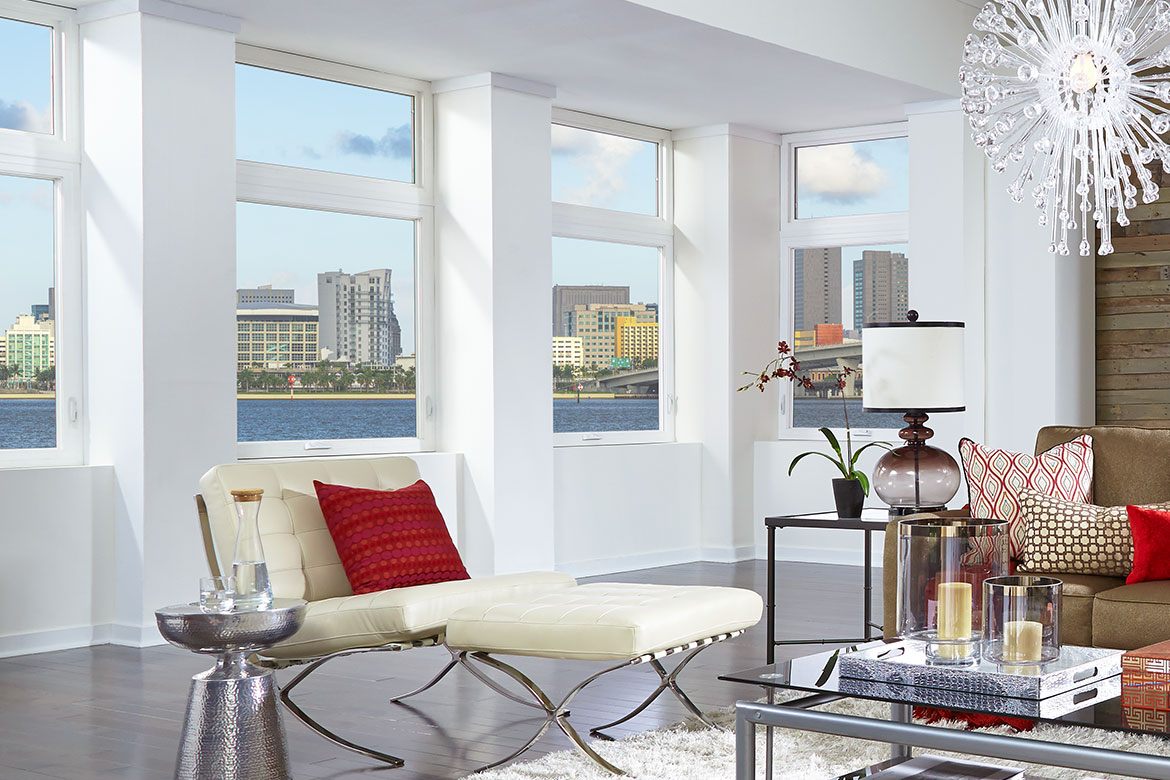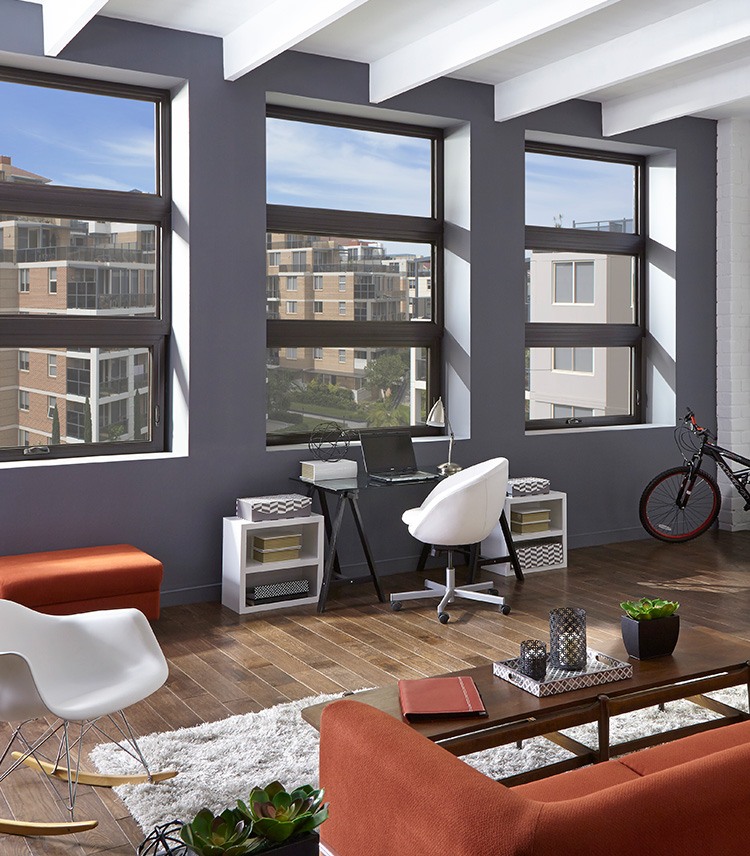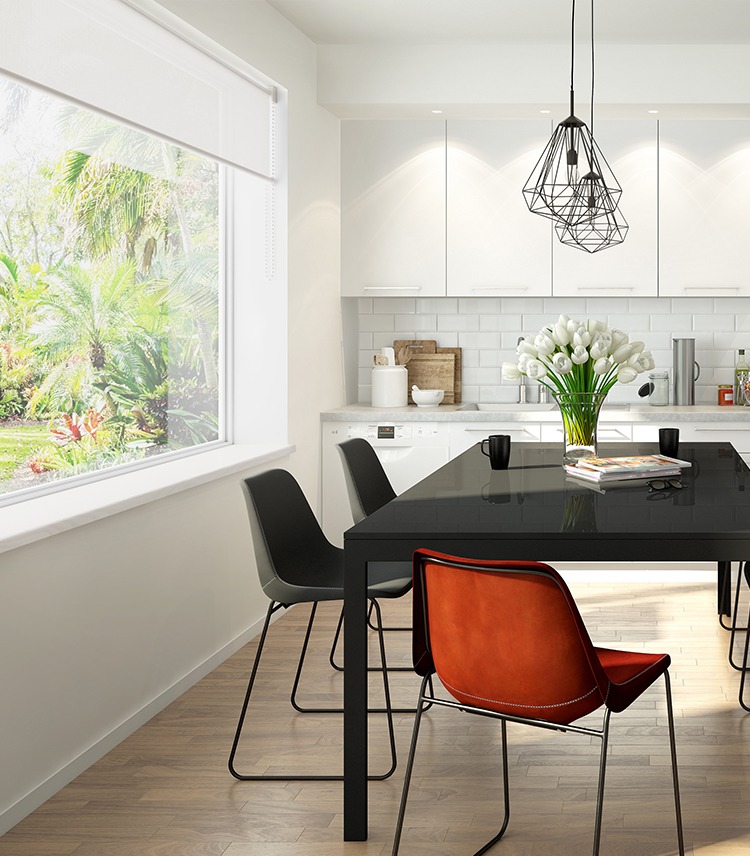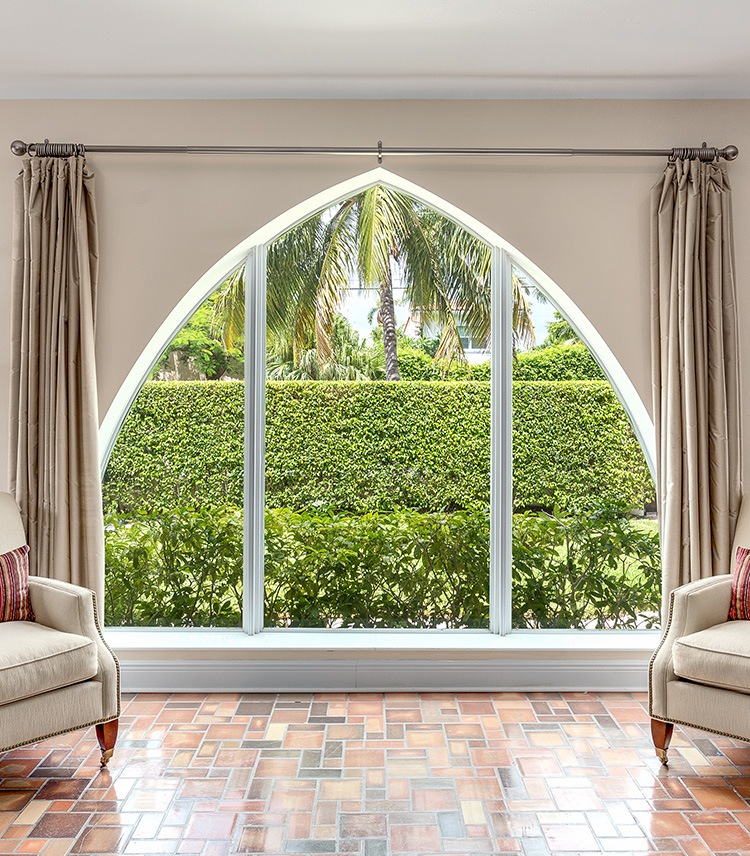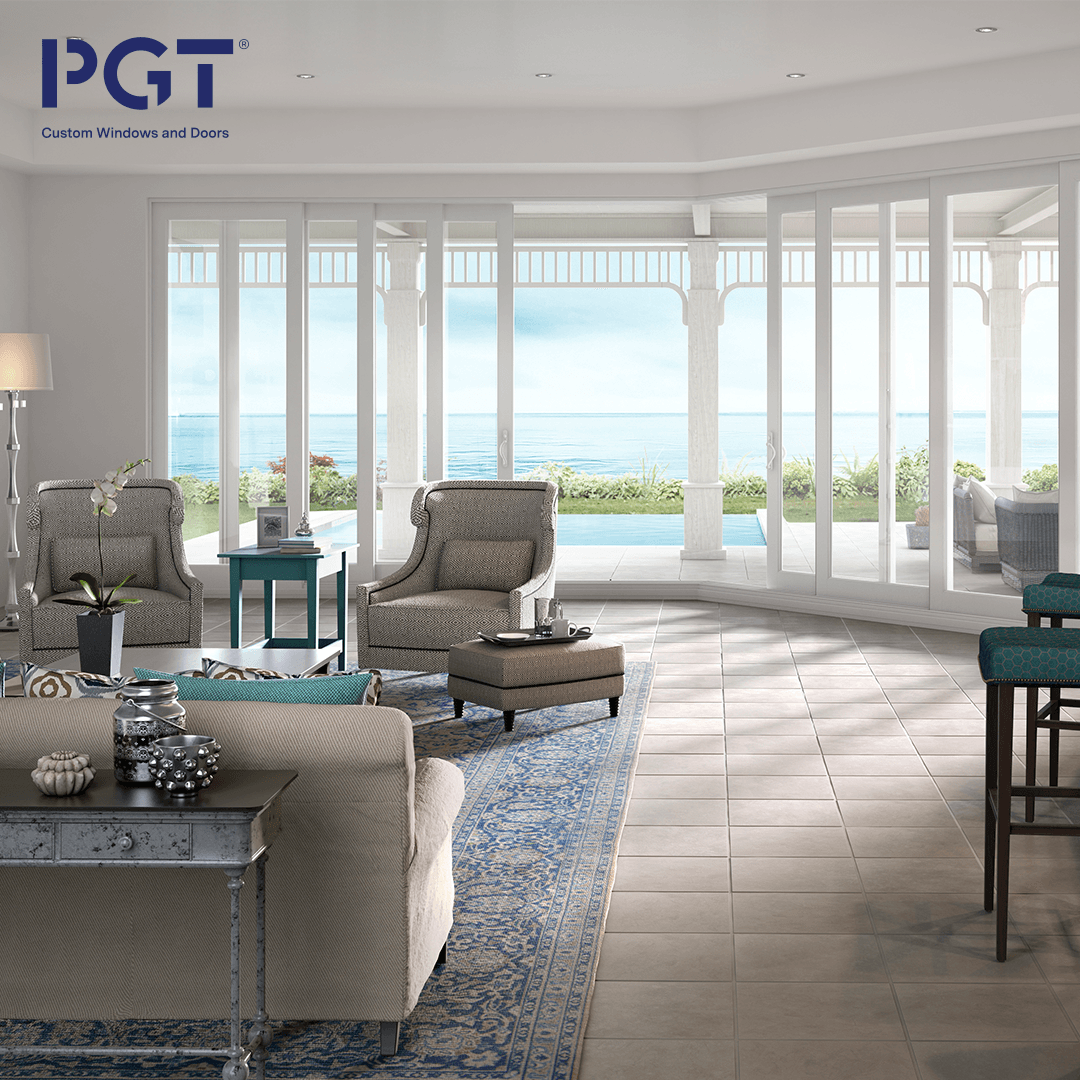In Part 1 of our two-part blog series, “Window Styles: Understanding Window Style Names,” we highlighted single hung windows, double hung windows, and roller windows. In Part 2, you’ll learn how to tell the difference between casement windows, awning windows, picture windows, and architectural windows. By the time you’re done reading this, you’ll be able to:
- Describe the differences between these popular window styles
- Visually identify each window style
- Understand why you may pick one window style over another
The window styles covered in Part 2 take things a bit further and showcase more unique offerings that homeowners can choose from and highlights how they can add to the curb appeal of any home.
What Are Casement Windows?
Casement windows are unique in that they swing open like a door. They are hinged on one side so they can easily open to allow the outdoors in. Since the entire window opens, casement windows are an ideal option if you’re looking for ventilation. Also, unlike single hung windows, there is no center rail to obstruct your view. Casement windows are also versatile, as they can be used singly or in pairs to allow for a larger view outside.
What Are Awning Windows?
Awning windows are unique in that they are hinged on the top and are outward opening windows. An easy way to recognize this window style is that it protects the window opening like an awning. Homeowners choose awning windows for their ability to provide ventilation, even during a storm. The unique characteristics of awning windows make them ideal for homes that want to have outdoor air flowing in but experience inclement weather.
What Are Picture Windows?
Picture windows are fixed-pane, large windows that generally do not have glazing bars. If you think about it, a picture window does exactly what this window style promises- it gives you a clear view without any obstructions. This window style pretty much acts as a picture frame. Depending on the manufacturer, picture windows aren’t always square or rectangular. You can find them in half circle, eyebrow and half eyebrow, arch, and even trapezoid.
What Are Architectural Windows?
Architectural windows sort of break the window style mold in that there are multiple options available in a variety of shapes and sizes. This style of window gives homes a distinctive, custom look. Some people may refer to architectural windows as accent windows on a home. Depending on the manufacturer, homeowners can choose from shapes such as half fan, fan, hexagon, full circle, oval, half hot dog, quarter circle, half eyebrow, half arch, elliptical, half elliptical, gothic, triangle, dog house, trapezoid, arch, half-circle, and eyebrow, and hot dog.
Now that you know the basic (and not so basic) window styles, you’re armed to start shopping. When looking at manufacturers or talking to dealers, there are a few things you should always keep in mind:
- DO YOUR HOMEWORK: It pays to ask your neighbors, friends, and family what they think about their newly installed windows. Keep in mind to ask about the product itself (manufacturer) along with the dealer that performed the installation.
- KNOW YOUR OPTIONS: Once you select a window, make sure you understand what options are available to you. If any of the options don’t make sense, ask questions. For a single window, you may have options for frame color, grid style, thermal enhancements, premium glass upgrades, and glass tints.
- UNDERSTAND THE RULES: Whether it’s your HOA or your city’s ordinance for impact glass, make sure you know what your neighborhood allows and what codes you must meet in your location. It’s a good idea to see what you have to have (or not have) before placing a costly order and realizing the windows won’t be permitted.

